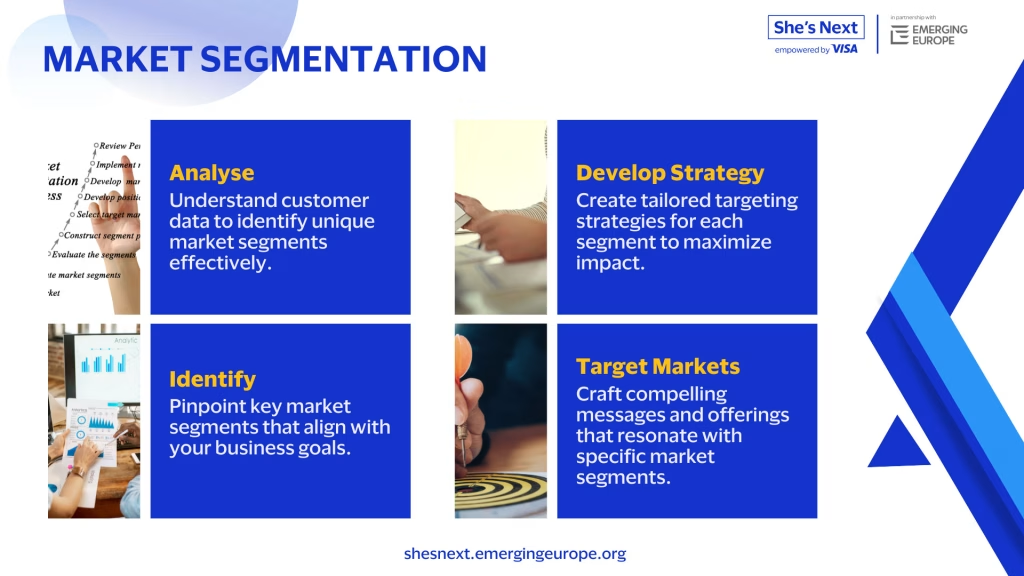
How to Conduct Market Segmentation: A Step-by-Step Guide
Market segmentation is a crucial step in tailoring your business strategies to meet the specific needs of different customer groups.
By dividing a broad market into smaller segments, you can target your marketing efforts more effectively, improve customer satisfaction, and allocate resources efficiently. This article will walk you through actionable steps to effectively segment your market.
Understanding Market Segmentation
Market segmentation involves dividing a broad consumer or business market into sub-groups of consumers based on shared characteristics. The main benefits include more targeted marketing efforts, enhanced customer satisfaction, and better resource allocation.
For example, a fashion retailer can tailor its marketing campaigns differently for teenagers, working professionals, and seniors, ensuring each group receives relevant and appealing messages.
Steps to Conduct Market Segmentation
Define Your Market
Start by identifying the broad market you want to segment. For instance, if you’re in the fashion industry, your broad market might include clothing, accessories, and footwear.
Utilize market research reports and industry publications to gather initial data and insights.
Segment the Market Based on Key Variables
Demographic Segmentation
Consider variables like age, gender, income, education, and occupation. Collect demographic data through surveys (using tools like SurveyMonkey or Google Forms), customer databases, and social media analytics.
For instance, a beauty brand might find that women aged 18-25 prefer vegan skincare products, while those aged 35-50 are more interested in anti-aging solutions.
Geographic Segmentation
Look at location, climate, and whether your customers are in urban or rural areas. Use geographical data from your existing customers and analyse purchasing patterns in different regions using tools like Google Analytics.
A retailer, for example, might notice that customers in colder climates purchase more winter apparel.
Psychographic Segmentation
Focus on lifestyle, values, interests, and attitudes. Conduct surveys and focus groups using platforms like Typeform or Zoom to understand the psychological traits of your customers.
For instance, a health food entrepreneur might segment her market into fitness enthusiasts, environmentally conscious consumers, and busy professionals seeking convenient healthy options.








Responses